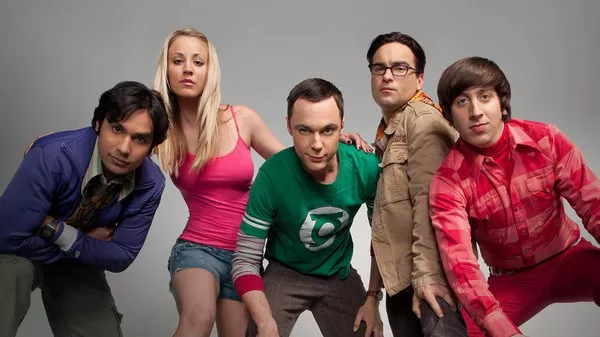During the vibrant era of the 1980s the “Brat Pack” emerged as a group of young stars, propelled by the iconic John Hughes high school comedies. This collective of actors and actresses left an indelible mark on the cinematic landscape with films like Ferris Bueller’s Day Off, The Outsiders, Sixteen Candles, Pretty in Pink, and Some Kind of Wonderful. Among their notable contributions, The Breakfast Club stands out as a teen comedy that skillfully blended humor, romance, emotion, and contemporary themes. However, the same era introduced a contrasting movie, St. Elmo’s Fire, which focused on the darker facets of friendship, revealing that it has not aged as gracefully.
The Breakfast Club introduced a group of misfit students, each embodying different stereotypes, who bond during detention. The film highlighted the shared human experiences and the potential for empathy to forge connections. In contrast, St. Elmo’s Fire, released the same year as The Breakfast Club, explores a group of lifelong friends who drift apart over time, only to reconnect in moments of desperation and fear. While The Breakfast Club suggests that listening and understanding can yield growth and transformation, St. Elmo’s Fire takes a bleaker stance, asserting that even strong bonds can falter in the face of adulthood’s challenges.
St. Elmo’s Fire centers around characters like law student Kirby Keager (Emilio Estevez), Washington Post writer Kevin Dolenz (Andrew McCarthy), and others who have recently graduated from Georgetown University. The friends convene at St. Elmo’s Bar, optimistic about their futures. However, the film quickly darkens as it delves into their struggles and disillusionment. Billy Hicks (Rob Lowe) faces a car accident due to his drinking, exposing the fractures in their lives. Unlike The Breakfast Club’s characters, who openly acknowledge their imperfections and fears, the St. Elmo’s Fire cast portrays a sense of elitism and self-assuredness.
St. Elmo’s Fire deviates from the camaraderie found in The Breakfast Club. Instead, it confronts addiction, selfishness, and privilege. Characters like Billy exhibit destructive behavior, while others display traits of sociopathy. The film presents scenarios meant to shock the audience, but it lacks the emotional depth and character exploration that makes The Breakfast Club resonant.
While The Breakfast Club isn’t without its flaws, St. Elmo’s Fire fails to stand the test of time. The latter film’s attempt at depicting a more disturbing reality, coupled with its pessimism, contrasts with the nuanced optimism of The Breakfast Club. As the years have passed, The Breakfast Club remains a timeless classic, while St. Elmo’s Fire has faded into the past, its dark portrayal of friendship unable to hold up against the more uplifting themes of its ’80s counterpart.


























